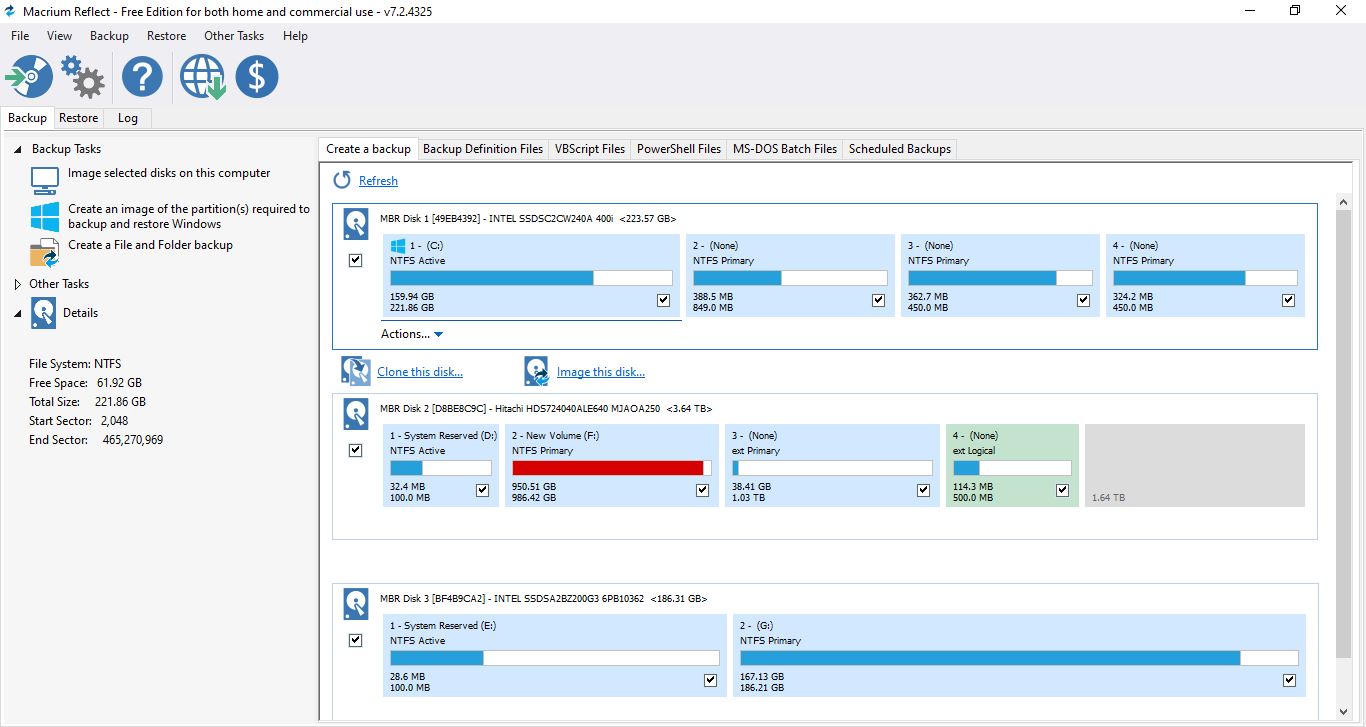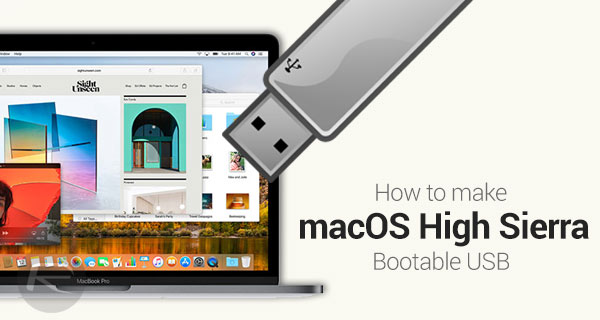

Restoring an Image Backup from One Computer to Another - The concept seems simple: take a system image of one machine, restore it to another, and avoid lengthy setup time. It simply validates connectivity from point A to point B, and in doing so provides additional useful information.

What Is “Ping”, and What Does Its Output Tell Me? - Ping is one of the oldest diagnostic tools.

If the hardware dies, malware infected the machine, or for whatever reason you want, you need to reboot from the rescue media and then use the copy of Macrium Reflect that runs from the rescue media to perform the restore. This is typically the exact process that we would go through if we need to restore a PC to some known state for any reason. It would restore that drive to the state that it was in at backup. That would work essentially as you’ve described. That rescue media then runs a copy of Macrium and that is what you use to restore this image to your system drive. Instead, you reboot your machine from this rescue media. Then, when it comes time to perform a restore you don’t run Macrium from within Windows. This creates a CD or a DVD that you can then boot from later. In Macrium Reflect, select the Create Rescue Media option. Now, the way to do exactly what you’re describing is to boot from the rescue media that you create with Macrium. On the other hand, if you’re talking about restoring to a different drive (for instance, you’re restoring an image of your D: drive – one that is not running Windows), then you can fire up Macrium and do the restore without a problem. Windows uses files on your C: drive and they can’t be overwritten while they’re in use.

In other words, if you installed Windows on your C: drive, you cannot restore that drive’s image while Windows is running. You can run Macrium from Windows and restore an image if it is of a drive other than your system drive. Now, if that’s the case, what you want to do is possible, if you restore in a certain way.Ĭan you just run Macrium and restore a backup? In your case, I assume that you already downloaded Macrium’s free version, installed it, and took a full image backup of your machine. To restore a back up, you must already have made a backup of your machine. Let’s start with something that might sound obvious, but I have to be super clear about it. I suspect that some of your assumptions about creating and using an image backup may not be entirely correct. To start with, I’m a little concerned about your question.


 0 kommentar(er)
0 kommentar(er)
